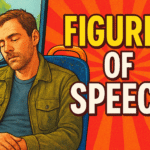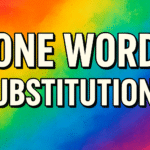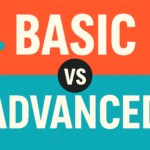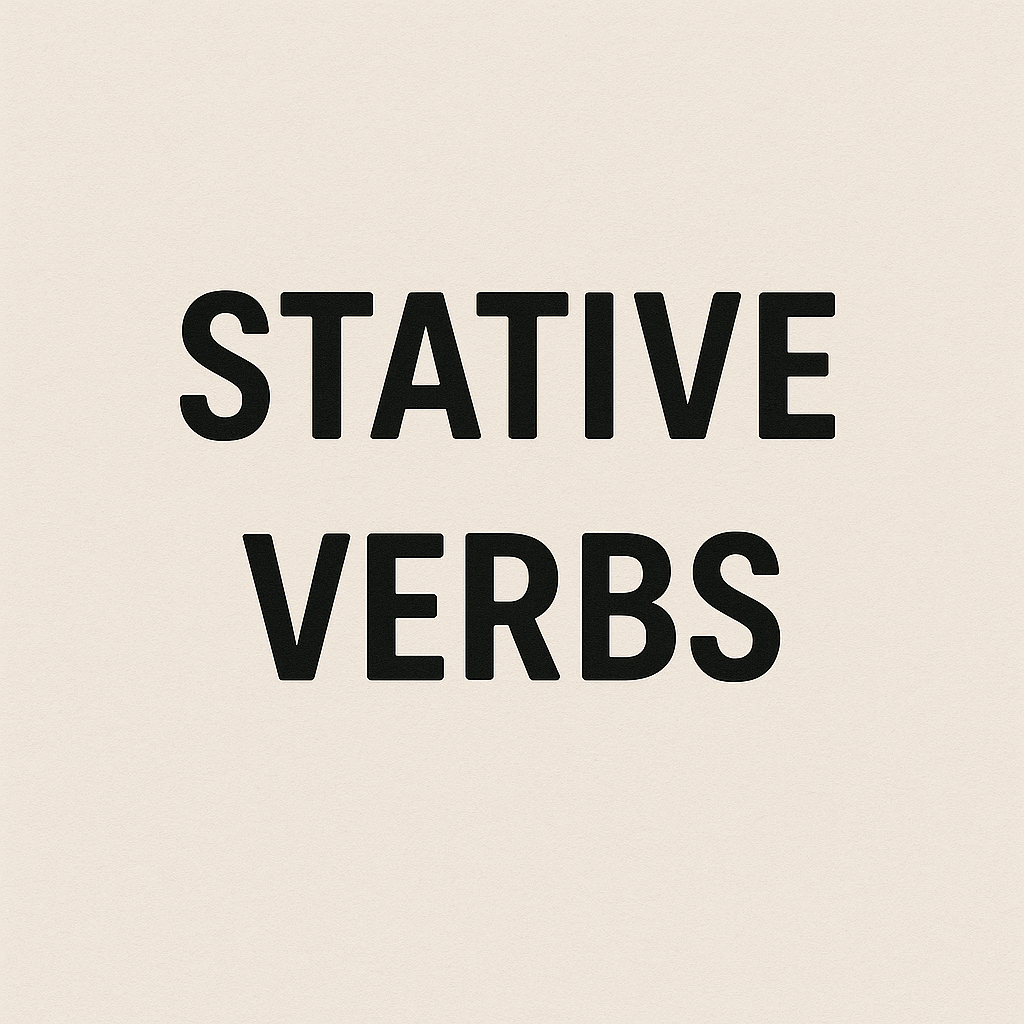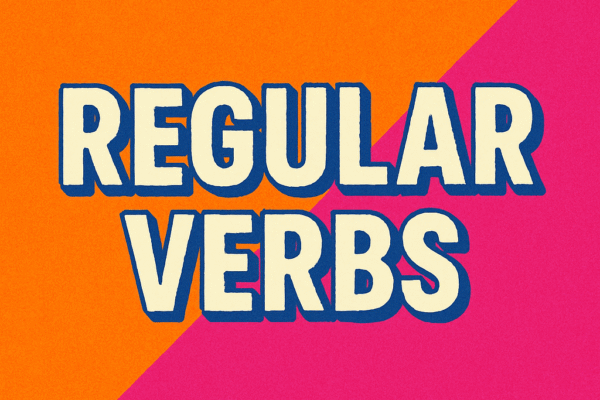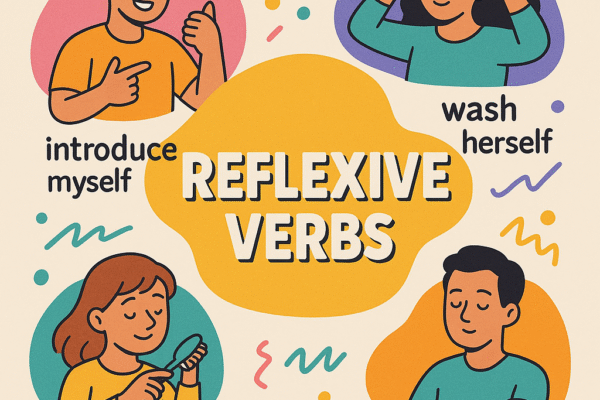
Reflexive Verbs Made Simple: Learn with Examples
Reflexive verbs are verbs where the subject and object are the same, meaning the action is performed by the subject on itself. In English, reflexive verbs are less common and often implied, but they are explicitly marked in many languages with reflexive pronouns (e.g., myself, yourself, himself, herself, itself, ourselves, yourselves, themselves). These verbs describe…

